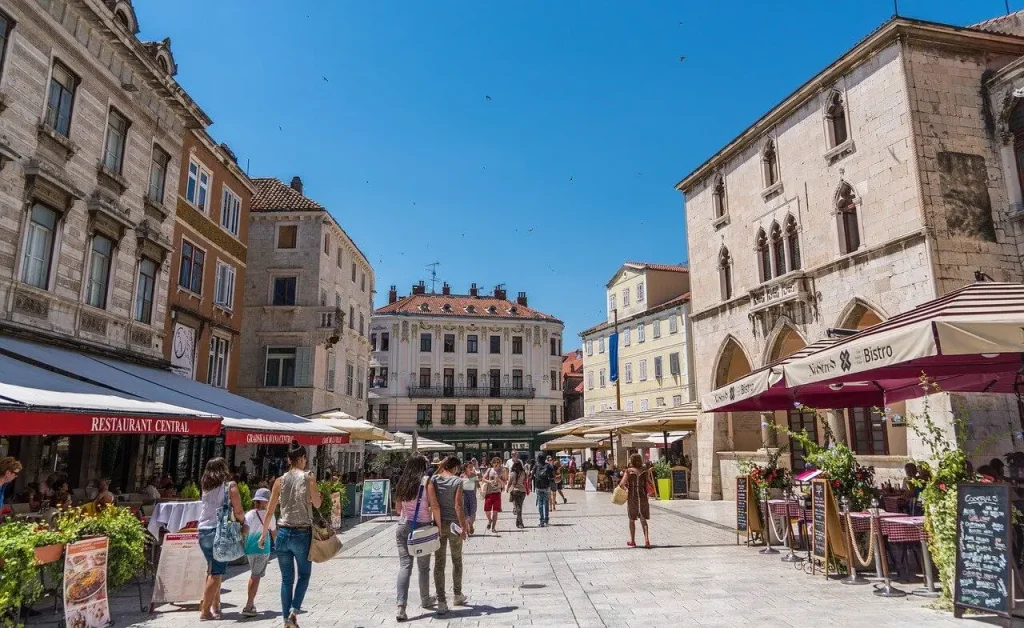This conclusion is the result of a study made by Croatian National Bank (HNB) researchers Antonija Biljan, Milan Deskar Škrbić and HNB deputy governor Sandra Švaljek, focusing on the optimal size of local government units, which is a rare research topic in Croatia.
Zagreb was not included in the analysis due to a number of particularities, and the analysis shows that cities should not have fewer than 15,000 residents (15,139) while the optimal number of residents for a municipality is 3,744. Only one in four cities or municipalities meet that criterion.
The study was published after the recent local election and its authors put forward several recommendations for politicians, suggesting voluntary merging of the smallest local government units or interest-based cooperation between neighbouring municipalities.
There are 556 local government units in Croatia, of which 127 are cities and 428 municipalities. The City of Zagreb has a special status of city and county.
Only 35 cities have more residents than the optimal number, as do 102 municipalities. The budgets of all local government units amount to around HRK 28 billion.
The country’s existing territorial organisation is not based on a historical administrative division but is a result of discretionary decisions by policy makers in the early 1990s, the authors of the study say.
Considering the size of territory, population, fiscal capacity, system of financing and functions of local government units, many domestic experts warn that the current territorial structure is inefficient and calls for their merger.
The HNB study focused on population density, demographic structure of local residents, socioeconomic factors such as the amount of taxable income and unemployment rate, as well as transfers from the central government, the daily says.
For more on politics in Croatia, follow TCN’s dedicated page.
For more about Croatia, CLICK HERE.








